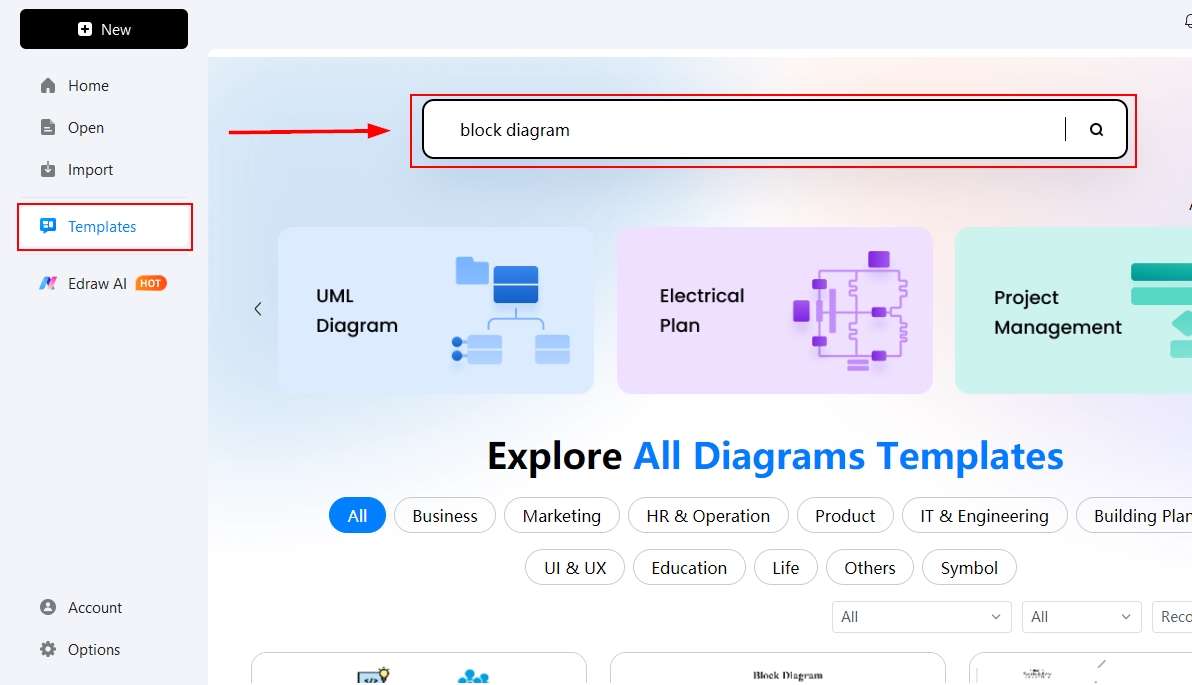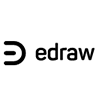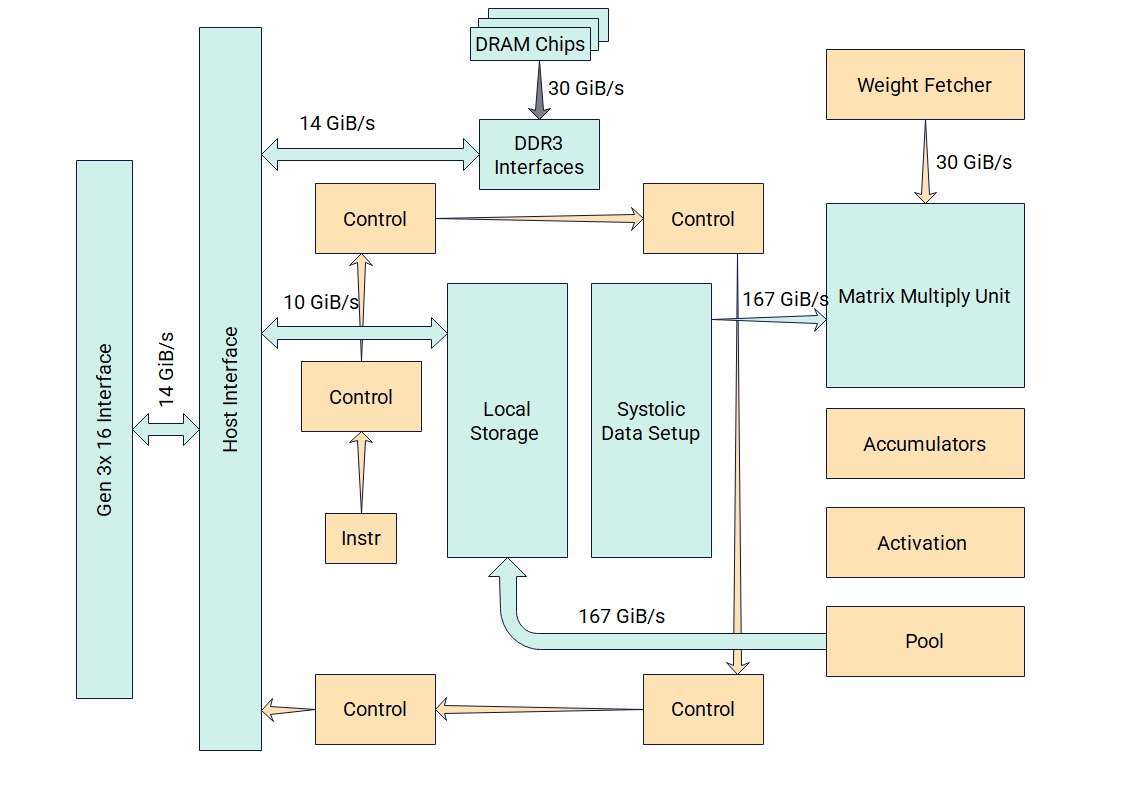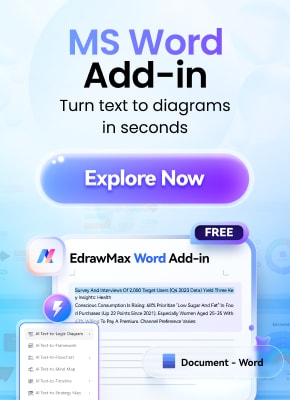Tensor Processing Unit (TPU) is an Application-Specific Integrated Circuit (ASIC) designed by Google specifically for machine learning. TPUs are built to efficiently handle vector computations and large-scale matrix operations, offering better performance than traditional GPUs and CPUs, all while consuming less energy.
In this guide, we are going to discuss:
- What is a TPU, and its block diagram
- How it works
- What are the applications of the TPUs?
In the end, you will be able to know the role of TPUs in advanced learning and AI models.
In this article
TPU Block Diagram
The TPU block diagram discloses the main components used in the chip and tells us how they perform in transferring larger data quickly. Here is the block diagram of a TPU.
Let's explore how TPU works.
Vector and Matrix Operations
Vector and matrix operations are the core functions that drive deep learning models in TPUs. The memory arrays transfer large volumes of data through operations like multiplication and addition. To optimize performance, systolic arrays execute these operations in parallel.
The systolic arrays work by performing a calculation, passing the result to a neighboring array, and then starting the next calculation. This continuous process distributes the computational load across the arrays, making TPUs more energy-efficient and faster than traditional GPUs and CPUs.
Memory System
High-bandwidth on-chip memory in TPU helps them process the input and conclude results faster and store them in their memory for a shorter time period.
The external RAM assists them in this operation, keeping the temporary data on it. This memory system and high bandwidth reduce any system operation delays.
Instruction Sets to Reduce Complexity
The instruction sets in the TPU have their separate roles. The multiplication of weights, Convolution, and activation functions are there to perform their duties, making the system efficient.
It also reduces the complexity of the system, and tens of thousands of calculations are performed in parallel without any load on the system.
Inference Mode
The trading mode consists of forward and backward inference and adjusts the neural networks during this process. After that, Inference Mode comes in, helping the system to perform quickly based on the input and process the large-scale data in a quick time.
It might be related to the image process or just using the input data to find information, i.e., GPT chats.
Applications of TPUs
There are a lot of real-life applications that use TPUs for their functions. Most of them rely on AI models that use predictive operations. Here are a few of the applications of TPUs.
Training and Deep Learning
TPUs are programmed to perform heavy mathematical operations used in deep learning. They are also the backbone of the neural networks, working according to human physiology.
The training includes the NLP models and computer vision models to process large-scale data much faster than CPUs and GPUs.
Recommendation System
The TPUs are used for recommendations on most e-commerce sites, YouTube, and other social media sites. The machine learning methodologies help these search engines to learn about the user's needs based on the user's search.
Real-Time AI Applications
Once a model is trained, the TPU uses different methods to make real-time predictions. Real-time applications include the GPT, AI voice, image recognition, and finding relevant data.
For example, Google Translate uses different languages to work on and translates them to the desired language quickly, just like it works for Google Photos and voice assistants.
Healthcare and diagnosis
TPUs are good at rendering large amounts of data based on the AI models. They are making it possible to power advanced treatments using diagnostic tools.
Imaging technologies are being used in most treatments at faster speeds. This isn't about just speed; it is about saving lives, and TPUs are bringing a positive change in healthcare.
Automobiles
The TPU is used to transfer quick data to the driver's screen and recognize most of the objects, including traffic signals, and help drivers to assist in self-driving.
The auto parking feature in most of the latest car models uses these chips to identify objects and parking lines.
How to Make a TPU Block Diagram
A block diagram simplifies complex circuits, making them easier to understand for students, teachers, engineers, and researchers. These diagrams are invaluable for learning models and paving the way for future innovations. The challenge, however, lies in how to create these diagrams for sophisticated systems like Tensor Processing Units (TPUs).
To design these intricate diagrams, a specialized diagramming tool is essential. EdrawMax is one such tool that provides everything needed to create detailed and professional block diagrams. Here are some of the key features of EdrawMax:
- User-Friendly Interface: EdrawMax comes with a clean interface offering easy-to-use tools, drag and drop functionality, and image insertion features.
- Vast Library of Symbols: The symbols and elements are needed to make complex diagrams. EdrawMax offers symbols for all types of diagrams.
- Advanced Customization Tools: EdrawMax offers themes, colors, connectors, text formats, and many other tools that can help you create any diagram with attractive designs.
- Templates Library: A vast templates library is available for users to design and edit according to their needs. Each category has hundreds of templates to choose from.
- Multiple Import and Export Options: EdrawMax supports Visio files and helps users edit them in the tool. The export options are available for every user, offering different formats including JPG, PNG, SVG, HTML, PDF, and many more.
Now, let's check out how to create a TPU block diagram with EdrawMax using two different methods.
Method 1: Start from Scratch
EdrawMax, with extensive customization tools, allows you to create quick block diagrams. Here is a step-by-step guide for you to follow when starting from scratch.
Step1 Open EdrawMax and get started
- Open the tool to begin with.
- Go to the Home Page and find the Block diagram section to open the empty canvas.

Step2 Drag and Drop Symbols and Elements on the canvas
- Drag all the elements or symbols needed to complete your block diagram from the symbol library.
- Use the search option to find any symbol that is not found in the basic symbols section.

Step3 Arrange Blocks and Add text
- Arrange these blocks in the order you want them to be.
- Text for each element is added for better understanding.

Step4 Add Relationships
- Use the connector tool at the top of the menu bar to add relationships among the blocks added.
- Change the color of the blocks to have an attractive block diagram.

Step5 Export your Design
- Save the design in a format you need, and don't forget to keep the source file as well.
- Click the export button, choose a format, and click export to save the design.

Method 2: Start with a Template
Using a template to create your design helps reduce the workload. Tens of thousands of templates are available in the library. Here is a step-by-step guide to using a template and making your own design with it.
Step1 Open Templates Library
- Open EdrawMax and click templates on the left-hand side of the screen.
- Use the search bar to find the block diagram templates available in the library.

Step2 Select a Template and Click it
- Scroll down to find the best-suited template for your block diagrams.
- Click it to bring it to the canvas.

Step3 Start editing the template
- Edit the template here using the available customization tools.
- Add or delete the shapes and elements in your template.
- Change colors, themes, and text formats according to your needs.

Step4 Export your file
- After all the edits, you need to export your design.
- Click the file and find the export option available, or use the export button available at the top of the menu bar and select a format to save it.

Final Thoughts
The Tenson Processing Unit Block diagram provides enough insights for a large audience to learn the model. They are the key circuits/ chips that are being used in our latest devices.
So, a block diagram for a TPU is worth creating and helps researchers bring more versatility and functionality to these models. EdrawMax is helping make these complex designs with ease and offering opportunities to learners and researchers to unleash the power of TPU in modern devices.





